MARKET OVERVIEW
The global bauxite cement market will continue to be a specialty segment in the construction and refractory materials industry, offering a specialty cement product produced from alumina-rich bauxite and limestone. The market is defined by the unique performance qualities of bauxite cement i.e., its quick setting time and stability at high temperatures separating it from standard Portland cement. It is used in applications where heat resistance, early development of strength, and immunity against exposure to severe chemicals are not optional.
While regular cements will dominate the typical construction work, bauxite cement will remain part of more demanding applications, including furnace, kiln, incinerator constructions, and certain infrastructure for extreme environments. The ability of the product to withstand sulfates, acids, and heavy thermal stresses makes it viable in demanding conditions, thus rendering the global bauxite cement market not in direct competition with larger cement markets but in a niche industrial need.
Understand this market requires more than a superficial look at raw materials or processes of significant manufacturing. It will involve a more detailed look at the way industrial users continue to depend on specific thermal and mechanical properties that can only be supplied by cement produced from bauxite. The market's future will depend on supplies of high-grade bauxite into the market, technological developments in manufacturing process technology, and shifting requirements in construction codes for refractory and chemical-resistant services.
Bauxite cement won't find its extensive application in residential or commercial property construction; instead, it will have a niche use in industrial processes and infrastructural development where contact with high temperatures or corrosive chemicals renders common cement useless. Its demand, hence, will fluctuate in tandem with the operation and growth cycles of metallurgy, petrochemical refining, waste treatment, and ancillary industries that require special construction material.
The global bauxite cement market will also reflect the logistical and geopolitical conditions under which bauxite is mined and alumina is refined. As bauxite deposits are not evenly distributed across countries and as environmental issues rise over mine activities, market forces will rely on the viability of supply chains and availability of resources. This introduces an added complexity in the industry, forcing manufacturers to negotiate long-term supply agreements or find synthetic alternatives that have the same properties as bauxite.
Regional demand will continue to be centered in industrial nations and high-scale infrastructure nations where chemical durability and thermal efficiency are esteemed. Although it is a comparatively small portion of the world cement market by volume, its importance will persist due to its replace-free function in high-performance building. As industries continue to advance and their technical specifications become clearer, the value of bauxite cement will neither decline but shift based on more specific requirements.
Short of saying that the global bauxite cement market is characterized not by mass appeal but by its very role at the center of industries where stress performance is the only thing that matters, its destiny will not be decided by trends in residential construction or urban planning but by whether the industrial universe continues to develop materials capable of enduring the most inhospitable environments on Earth.
Global bauxite cement market is estimated to reach $4,878.78 Million by 2032; growing at a CAGR of 35.9% from 2025 to 2032.
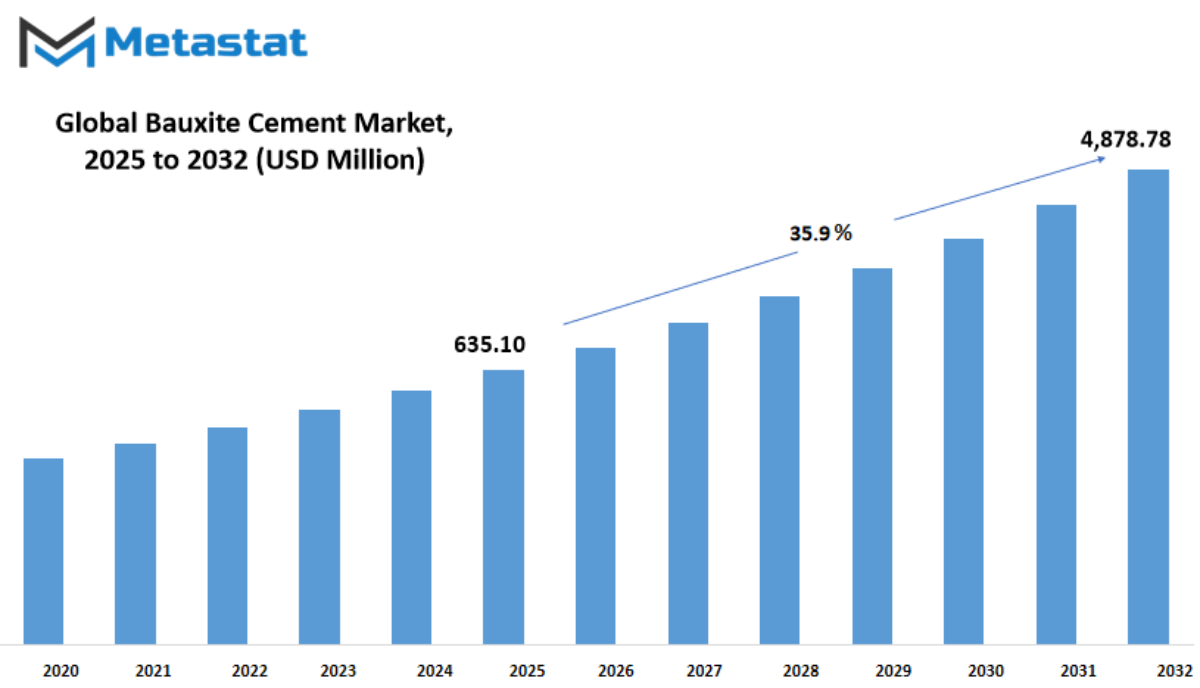
GROWTH FACTORS
The global bauxite cement market is expected to see notable progress in the coming years, influenced by several strong growth factors. The demand for durable and fast-setting construction materials is one of the key reasons for this growth. As cities continue to expand and infrastructure projects multiply, the need for materials that offer strength and resistance to extreme conditions is rising. Bauxite cement, known for its quick setting time and strong binding ability, fits this need well. Its use in construction, mining, and other heavy-duty applications is helping the market gain momentum. Governments and private firms are investing more in building roads, bridges, and smart cities, which will further push the market ahead.
Another factor driving the global bauxite cement market is the shift toward eco-friendly construction solutions. With growing concerns over climate change and resource depletion, builders are now more open to using sustainable materials. Bauxite cement can reduce the carbon footprint of construction, especially when compared to traditional cement options. This will attract more attention from both manufacturers and users who are looking for greener alternatives. Additionally, the ongoing development of new production methods will likely bring more cost-effective and energy-efficient solutions, making the product even more attractive.
Despite these positive signs, there are a few factors that could slow down market growth. The high cost of bauxite cement when compared to ordinary cement is a concern for some buyers. Also, limited availability of high-quality raw materials in certain areas may affect production. These challenges might make it harder for smaller companies to compete and meet rising demand. On top of that, strict regulations in some regions regarding mining and material processing may create delays and increase costs.
However, there are opportunities that could make a real difference in the future. Innovation in material science could lead to improved versions of bauxite cement that perform better and cost less. Expanding its use beyond industrial sectors into areas like residential construction could also open up new paths for growth. Additionally, partnerships between local suppliers and global players might help overcome supply chain issues and bring more stability to the market.
Looking ahead, the global bauxite cement market will likely grow steadily as long as companies continue to adapt, explore new ideas, and respond to the changing needs of the construction world. With careful planning and smart investments, the market can make the most of both current strengths and future opportunities.
MARKET SEGMENTATION
By Type
The global bauxite cement market is expected to witness steady development as the demand for specialized cement continues to grow across several industries. Bauxite cement, known for its ability to withstand high temperatures and set quickly, is used in areas where regular cement falls short. As technology improves and construction practices shift toward more durable and heat-resistant materials, bauxite cement is likely to play a more important role in shaping future infrastructure. This growth will not be limited to one region or purpose, but rather will be driven by industries like construction, manufacturing, and refractory production around the world.
When looking at the global bauxite cement market by type, it can be further segmented into CA-50, CA-70, CA-80, and Others. CA-50 has long been popular due to its moderate setting time and reliable performance in common industrial uses. It has been a standard choice where stability and early strength matter. CA-70, on the other hand, offers higher purity and better resistance to chemicals, which makes it suitable for more demanding projects. CA-80 is often chosen for its outstanding thermal properties, which makes it the top pick in high-temperature applications. Each type serves a different purpose and meets different industrial needs. The "Others" segment includes newer or more specialized formulations that may continue to evolve as industries look for better performance under extreme conditions.
As we look ahead, the future of the global bauxite cement market is likely to be shaped by both innovation and necessity. Growing environmental concerns are pushing developers to search for alternatives that are not just effective but also leave a smaller carbon footprint. Bauxite cement, especially in its more advanced forms, may offer a way forward in this respect. As industries expand and demand tougher materials, especially in areas with extreme weather or heavy industrial activity, this type of cement will likely gain more attention.
Investment in research and development will play a strong role in creating new versions of bauxite cement that work better and cost less. Meanwhile, changing construction standards, urban growth, and government regulations will help guide this market toward smarter and more sustainable uses. With these trends in place, the global bauxite cement market will likely not just grow but become a key part of how modern materials are chosen and used.
By Application
The global bauxite cement market is set to experience steady growth, shaped by shifts in industrial practices and an increasing need for durable construction and manufacturing materials. As we look ahead, several applications are expected to influence the direction this market takes, with specific attention on areas like metallurgical furnaces, marine works, refractory castables, and other specialized uses.
In metallurgical furnaces, bauxite cement plays a vital role due to its high heat resistance and strength. As steel and metal production continues to expand, particularly in developing regions and emerging economies, the demand for materials that can endure extreme temperatures will rise. The push toward modernizing production facilities, combined with stricter safety standards, means that industries will look for reliable cement solutions, and bauxite cement is well-positioned to meet that need. With advancements in technology, furnaces are likely to operate under even harsher conditions, making high-performance materials even more critical in the future.
Marine works is another key segment where the demand for bauxite cement is growing. Construction in coastal and underwater environments brings challenges related to corrosion, moisture, and durability. Bauxite cement’s strength and resistance to harsh elements make it a preferred material in these conditions. As infrastructure projects expand along coastlines and offshore zones, especially with rising global interest in port development and marine energy, this application is expected to gain more attention. Future projects will require longer-lasting and more environmentally stable materials, supporting the use of bauxite-based options.
Refractory castables are essential in industries that rely on high-temperature operations, including cement, glass, and petrochemical sectors. Bauxite cement serves as a binder in these mixes, providing both flexibility and thermal protection. Looking forward, industrial plants will continue to shift toward automation and energy efficiency, demanding materials that are not only effective but also adaptable. This trend will push manufacturers to develop new formulations that make use of bauxite cement in smarter, more resilient ways.
Beyond these categories, other uses such as quick-setting applications and specialized repair work also contribute to the overall market. As urban spaces grow and infrastructure ages, the need for fast and dependable repair materials will become more important.
The global bauxite cement market will continue to evolve, shaped by a blend of innovation, practical needs, and long-term construction goals. The versatility of this material ensures its relevance across multiple industries, positioning it as a valuable component in the future of industrial and civil development.
By End Use
The global bauxite cement market will likely see steady growth in the years ahead due to rising demand across several end-use industries. As urban areas continue to expand and populations grow, the construction industry will keep playing a central role in driving the market. Bauxite cement is known for its strength and fast-setting properties, which makes it an ideal material for building projects that require quick turnaround times. From foundations and bridges to roads and tunnels, its use in construction is expected to increase. With more governments investing in infrastructure and sustainable building solutions, the preference for materials like bauxite cement will grow even more. Its ability to endure harsh weather and heavy loads adds to its appeal in large-scale projects.
Another significant area that will influence the global bauxite cement market is industrial kilns. These high-temperature environments need materials that can handle extreme heat without breaking down. Bauxite cement, with its resistance to high temperatures and chemical corrosion, is a perfect fit for kiln linings and related structures. As industries modernize and focus more on efficient operations, the need for reliable and long-lasting materials will rise. This trend will keep industrial kiln applications at the forefront of market growth.
Sewage treatment is also a developing segment that will contribute to the growing use of bauxite cement. As cities grow, managing waste and clean water becomes more complex. Facilities are upgrading their systems, and the use of bauxite cement in constructing tanks, pipes, and supporting structures is becoming more common. It is favored because of its durability, resistance to chemical exposure, and low maintenance needs. Governments and local bodies are increasingly pushing for better wastewater management, which will create new openings for this material.
Other industries, including mining and metallurgy, will continue to add value to the global bauxite cement market. These sectors need durable, strong materials for their operations, and bauxite cement provides the right combination of performance and reliability. As demand spreads across multiple fields, manufacturers are likely to focus more on innovation and improving product quality to stay ahead.
Looking forward, the market will grow not only because of its current applications but also through future advances in material science and production techniques. Companies that can produce high-grade bauxite cement while reducing environmental impact will lead the way. As more industries discover its benefits, the global bauxite cement market will maintain its path of steady expansion across diverse fields.
|
Forecast Period |
2025-2032 |
|
Market Size in 2025 |
$635.10 million |
|
Market Size by 2032 |
$4,878.78 Million |
|
Growth Rate from 2025 to 2032 |
35.9% |
|
Base Year |
2024 |
|
Regions Covered |
North America, Europe, Asia-Pacific Green, South America, Middle East & Africa |
REGIONAL ANALYSIS
The global bauxite cement market is expected to undergo steady development in the coming years, shaped by the changing demands of construction, infrastructure, and industrial applications. Looking at the regional distribution, each area offers a different growth pattern based on economic growth, industrialization, and government policies. North America, especially the United States, will continue to lead due to its advanced construction sector and consistent investment in public infrastructure. Canada and Mexico are also expected to contribute, with Mexico showing promise through rising manufacturing activity and urban development.
In Europe, countries such as Germany, France, the UK, and Italy will likely see stable use of Bauxite Cement due to a growing focus on sustainable construction. Strict regulations about environmental protection and energy efficiency will push for the use of materials that meet both quality and environmental standards. The need for repair and maintenance of old buildings and roads will also support demand in this region. Even in the Rest of Europe, where industrial development may vary, the general trend points toward a rise in construction activities fueled by EU funding and cross-border projects.
Asia-Pacific will likely emerge as the fastest-growing region in this market. China and India, with their expanding infrastructure projects and large populations, will play a key role in pushing market growth. These countries continue to invest heavily in transportation, urban housing, and industrial facilities. Japan and South Korea, while more developed, will still add to market expansion through updates in construction practices and adoption of new building materials. Other parts of the region will follow as governments focus more on infrastructure as a driver for economic development.
South America is also set to show improvement, mainly in countries like Brazil and Argentina. Although growth here may not be as fast as in Asia-Pacific, increasing urbanization and government-backed housing plans will create steady demand. In the Middle East and Africa, areas such as the GCC countries, Egypt, and South Africa will likely see rising interest in Bauxite Cement. With large-scale projects, especially in energy and transport sectors, these regions will offer long-term opportunities. In particular, ongoing urban planning efforts and new city developments will act as key growth drivers.
As industries keep moving toward stronger and more sustainable materials, the global bauxite cement market will adjust to meet both regional needs and broader environmental goals. Each region, with its own strengths and challenges, will play a part in shaping the future of this market.
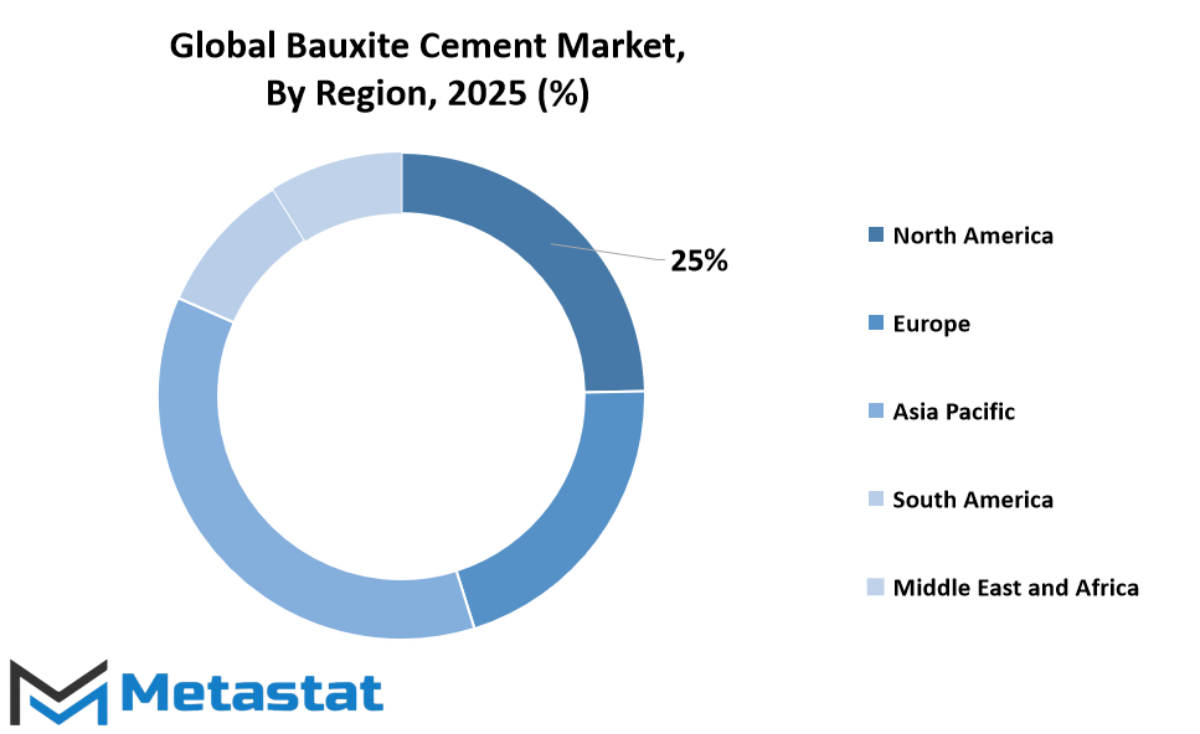
COMPETITIVE PLAYERS
The global bauxite cement market is expected to undergo notable changes in the coming years as demand shifts, technology advances, and competition intensifies. This industry, which plays a key role in construction and high-temperature applications, has been steadily growing due to its strength, resistance to heat, and quick setting time. Looking ahead, several companies are working on improving product quality and production efficiency to meet increasing demand from infrastructure development and industrial projects.
As the construction sector continues to grow, particularly in developing countries, the need for durable materials like bauxite cement will increase. This rise in demand is prompting manufacturers to focus on more sustainable and energy-efficient production processes. Many are investing in cleaner technologies to reduce environmental impact while maintaining product strength and reliability. The future of the global bauxite cement market will also be shaped by innovation in material science, allowing for improved performance in demanding conditions such as furnaces and high-heat industrial settings.
Key players are already preparing for the future by adapting their strategies. Companies like Royal White Cement and Calucem GmbH are likely to explore new regions and develop partnerships to strengthen their market presence. Almatis GmbH and K K Minerals Industries may focus on upgrading their production lines and expanding their product portfolios to stay ahead. Meanwhile, Rawmin and SATYAM CERAMICS are expected to lean into research and development, seeking ways to refine their cement blends and offer more specialized options.
Smaller but important contributors like Gorka Cement, CERAMICS INTERNATIONAL, and NATIONAL ANALYTICAL CORPORATION are also expected to make moves in the coming years. They might carve out niches by offering tailored solutions for specific industries or by focusing on quality assurance. On the other hand, companies such as Bisley & Company Pty Ltd and Zhengzhou Kerui (Group) Refractory Co., Ltd. may put emphasis on global distribution networks to ensure timely supply and support across different markets.
With rising competition, these companies will likely focus not only on pricing but also on reliability, customer support, and long-term partnerships. The industry may also see an increase in mergers and collaborations, as businesses join forces to boost their strengths and enter new territories. As a result, the global bauxite cement market will become more dynamic, with businesses needing to stay flexible and responsive to both market needs and technological trends. Over time, success will belong to those who combine consistent quality with forward-thinking strategies.
Bauxite Cement Market Key Segments:
By Type
- CA-50
- CA-70
- CA-80
- Others
By Application
- Metallurgical Furnaces
- Marine Works
- Refractory Castables
- Others
By End Use Industry
- Construction
- Industrial Kiln
- Sewage Treatment
- Others
Key Global Bauxite Cement Industry Players
- Royal White Cement
- Calucem GmbH
- Almatis GmbH
- K K Minerals Industries
- Rawmin
- SATYAM CERAMICS
- Gorka Cement
- NATIONAL ANALYTICAL CORPORATION
- CERAMICS INTERNATIONAL
- Bisley & Company Pty Ltd
- Zhengzhou Kerui (Group) Refractory Co., Ltd.
- Oreworld Trade (Tangshan) Co., Ltd.
- High-Temp Inc
WHAT REPORT PROVIDES
- Full in-depth analysis of the parent Industry
- Important changes in market and its dynamics
- Segmentation details of the market
- Former, on-going, and projected market analysis in terms of volume and value
- Assessment of niche industry developments
- Market share analysis
- Key strategies of major players
- Emerging segments and regional growth potential



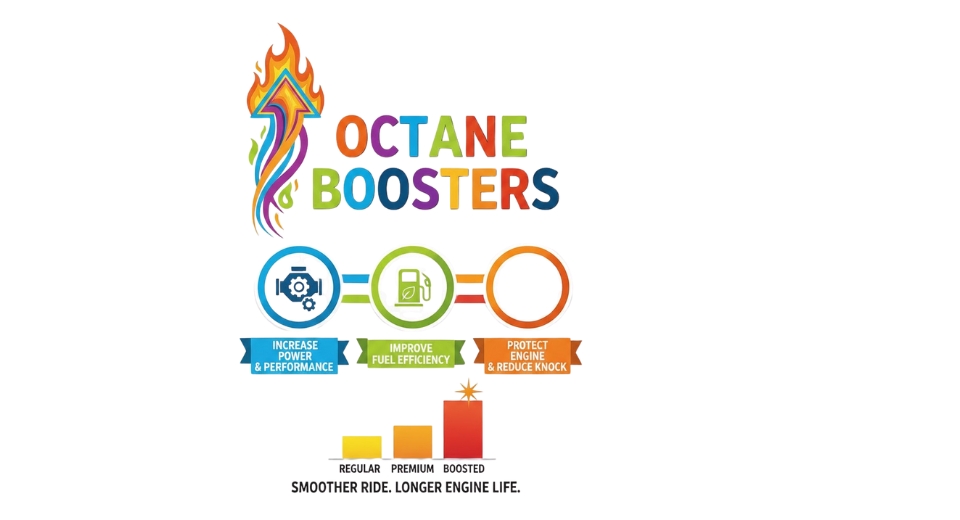

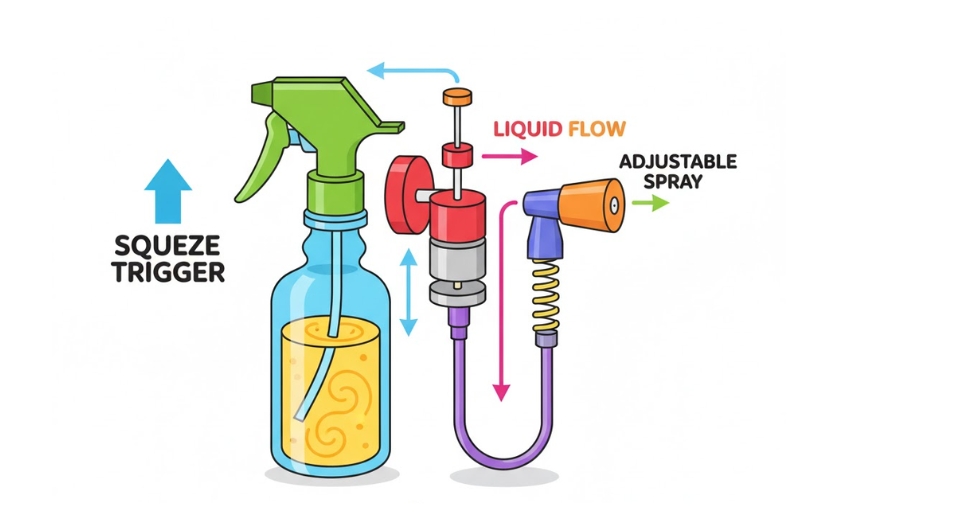
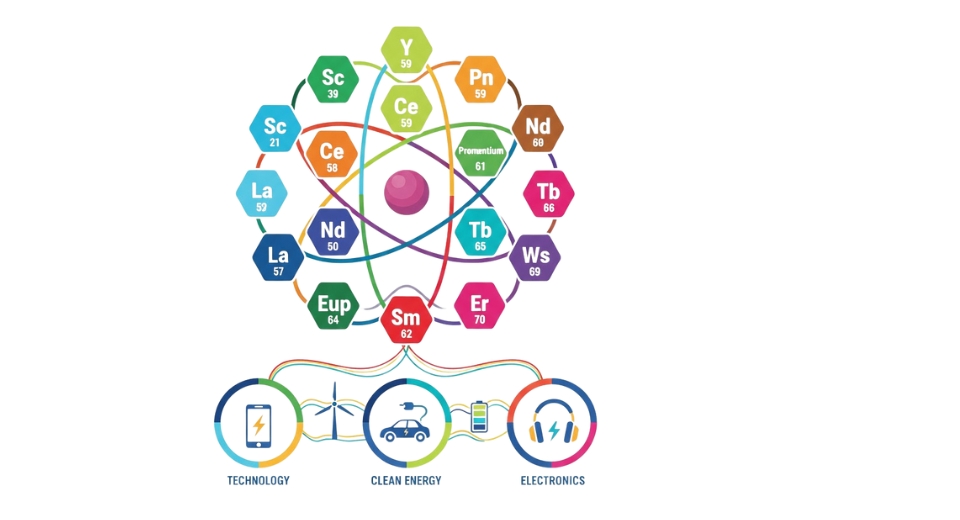

 US: +1 3023308252
US: +1 3023308252






